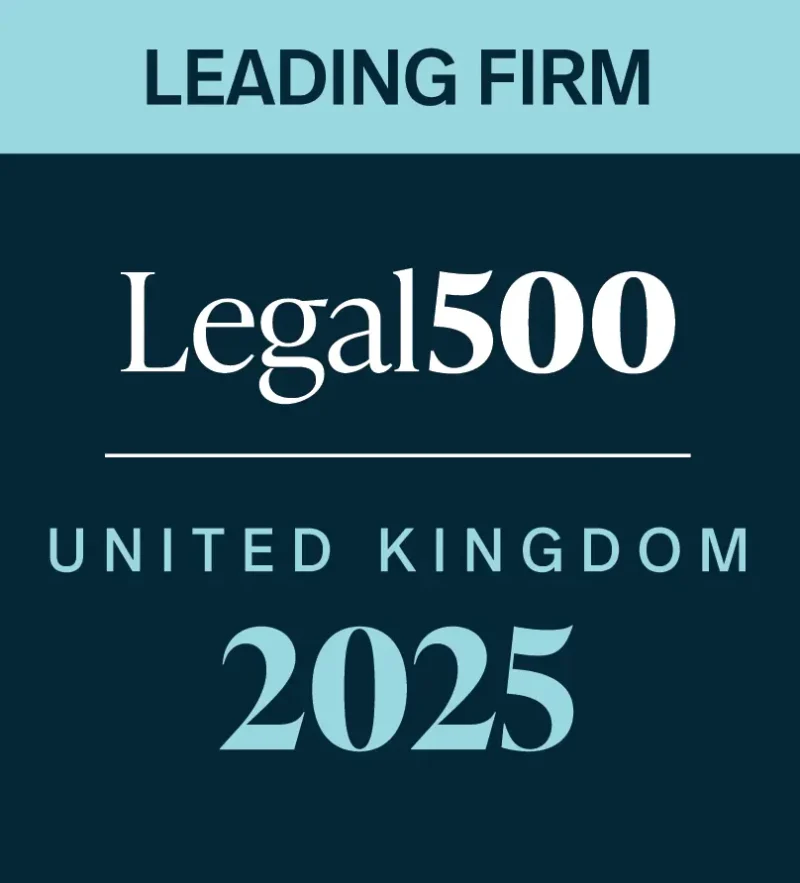Our child pornography solicitors are experts in this field. If you are being investigated, or charged, for an offence you are not guilty of, our child pornography solicitors can help.
What is the actual offence?
A new offence came into force on 6 April 2010 to punish so-called ‘child pornography’. Section 62 of the Coroners and Justice Act 2009 created the new offence of Possession of a Prohibited Image of a Child.
Is the new offence retrospective?
No, the new offence is not retrospective.
What are the court’s sentencing powers?
This is an either way offence, which means it can be tried in the magistrates’ or crown court, depending on the seriousness of the offence.
The maximum penalty on summary conviction (at the magistrates’ court) is six months’ imprisonment, or a fine, or both.
The maximum penalty on conviction on indictment (at the crown court) is 3 years’ imprisonment, or a fine, or both.
Which images does the Act cover, and which does it not cover?
This particular offence is aimed at non-photographic images – which includes computer generated images (CGIs), cartoons, manga images and drawings.
The Act is therefore explicit in excluding indecent photographs, pseudo-photographs of children, and also tracings or derivatives of photographs and pseudo-photographs.
How is the offence committed?
The Act details what behaviour constitutes the offence. Specifically, Section 62 (1) makes it an offence to possess a prohibited image of a child. The definition of possession of a prohibited image of a child is set out in Section 62 (2) to (8).
What is a ‘prohibited image’?
Three key elements have to be met for an image to be a ‘prohibited image’. All three elements have to be met, as follows:-
- That the image is pornographic;
- That the image is grossly offensive, disgusting, or otherwise of an obscene character; and
- That the image focuses solely or principally on a child’s genitals or anal region, or portrays any of the following acts:
- the performance by a person of an act of intercourse or oral sex with or in the presence of a child
- an act of masturbation by, of, involving or in the presence of a child
- an act which involves penetration of the vagina or anus of a child with a part of a person’s body or with anything else;
- an act of penetration , in the presence of a child, of the vagina or anus of a person with a part of a person’s body or with anything else;
- the performance by a child of an act of intercourse or oral sex with an animal (whether dead or alive or imaginary);
- the performance by a person of an act of intercourse or oral sex with an animal (whether dead or alive or imaginary) in the presence of a child
What is a ‘pornographic image’?
The definition given by the Act is that a ‘pornographic image’ is one which must reasonably be assumed to have been produced solely or principally for the purpose of sexual arousal.
Who decides if an image is pornographic?
The magistrates, District Judge or jury will have to determine whether an image is pornographic by looking at it. The intentions of those who produced the image does not determine whether or not it is deemed to be pornographic. The sexual arousal of the defendant is also immaterial.
Can an image be pornographic, but not prohibited?
Yes. Both tests have to be met, as detailed above.
Is the context of the image important?
Yes, it can be. Where a person has a collection of images, the test for whether the image is pornographic is determined by referencing both the image and the context (i.e. where it stands in the series of images – as with one image taken from a film).
‘Grossly offensive, disgusting or otherwise of an obscene character (section 62(c))’ – is this one descriptor, or three?
The Act does not intend for this to be interpreted as three separate elements, but rather one descriptor, taken from the dictionary definition of ‘obscene’. The intention here is to convey, in non-technical language, what is actually meant.
Our child pornography solicitors can advise whether this criteria is met in your case.
Which legislation covers the possession of an indecent photograph, or pseudo-photograph, of a child?
If a person is in possession of an indecent photograph, or pseudo-photograph, of a child, then they should be charged with either an offence contrary to section 1 of the Protection of Children Act 1978 (making the image) or possessing images contrary to section 160 of the Criminal Justice Act 1988.
What if a person has published or distributed a prohibited image?
If there is evidence of this, then prosecutors should consider charging the person with an offence contrary to the Obscene Publications Act 1959, rather than the new offence of possession of a prohibited image.
Our child pornography solicitors can advise you if you are in this situation and do not accept the allegations.
What if a person deletes such images held on a computer?
Guidance from the Crown Prosecution Service (CPS) on this matter is as follows:-
“The case of R v Porter [2006] 1 WLR 2633 supports the view that, in normal circumstances, deleting images held on a computer is sufficient to divest oneself of possession of them. An exception would be where a person is shown to have intended to remain in control of an image even though he has deleted it – that will entail him having the capacity (through skill or software) to retrieve the image. Where images have been deleted prosecutors may wish to consider whether they can charge the suspect with possession of a prohibited image on a date between either the purchase of the computer (or reformatting) of the hard drive and the date that the computer was seized.”
What defences are there to this charge?
There are three general defences, as set out in section 64. These are the same as for the possession of indecent images of children under section 160 (2) of the Criminal Justice Act 1988 (CJA), as follows:-
- There is a defence of legitimate reason for the possession of these images;
- In addition there is a defence that the person had not seen the images and did not know or have cause to suspect they were prohibited images;
- The person had received the images unsolicited and did not keep them for an unreasonable time.
It should be noted that ‘legitimate reason’ is not laid down in section 160 CJA, not in section 64 of the Act. The burden of proof is therefore on the defendant, and the jury would ultimately decide if the reason for possession of such images is legitimate. An example of a ‘legitimate reason’ is police and prosecutors, when handling these images as part of their job.
If you are not guilty, it is vital that you discuss your case as soon as possible with specialist child pornography solicitors. Call our team of child pornography solicitors now on 0800 1933 999.
What is meant by ‘forfeiture’?
Forfeiture, in this case, means that the prohibited images are seized by the police. Related equipment can also be seized, under the following legislative powers:-
- Section 143 Powers of Criminal Courts (Sentencing) Act 2000 will apply.
- Under the Protection of Children Act 1978 (as amended by the Police & Justice Act 2006, section 39 Schedule 11), these provisions allow the police to forfeit indecent photographs of children and the equipment that stores them, following any lawful seizure without reference to the courts.
What are the legal responsibilities of Internet service providers?
The legal obligations of Internet service providers are detailed, as follows, by the CPS:-
“Section 68 and schedule 13 of the Act ensure that the Act is compliant with the e-Commerce Directive (the “Directive”). The Directive was implemented generically by the Electronic Commerce (EC Directive) Regulations 2002 (SI 2002/2013) (the “Regulations”).
Schedule 13 paragraph 1 extends the territorial application of the offence by making it an offence for a service provider established in the United Kingdom to possess a prohibited image of a child in a European Economic Area (EEA) state which would constitute an offence if it were to be done in England and Wales. Schedule 13 paragraph 2 excludes service providers established in an EEA state from prosecution for the offence of possession of extreme pornographic images.
Schedule 13 paragraphs 3 and 4 of the Act limits the liability of internet service providers who carry out certain activities necessary for the operation of the internet.”



